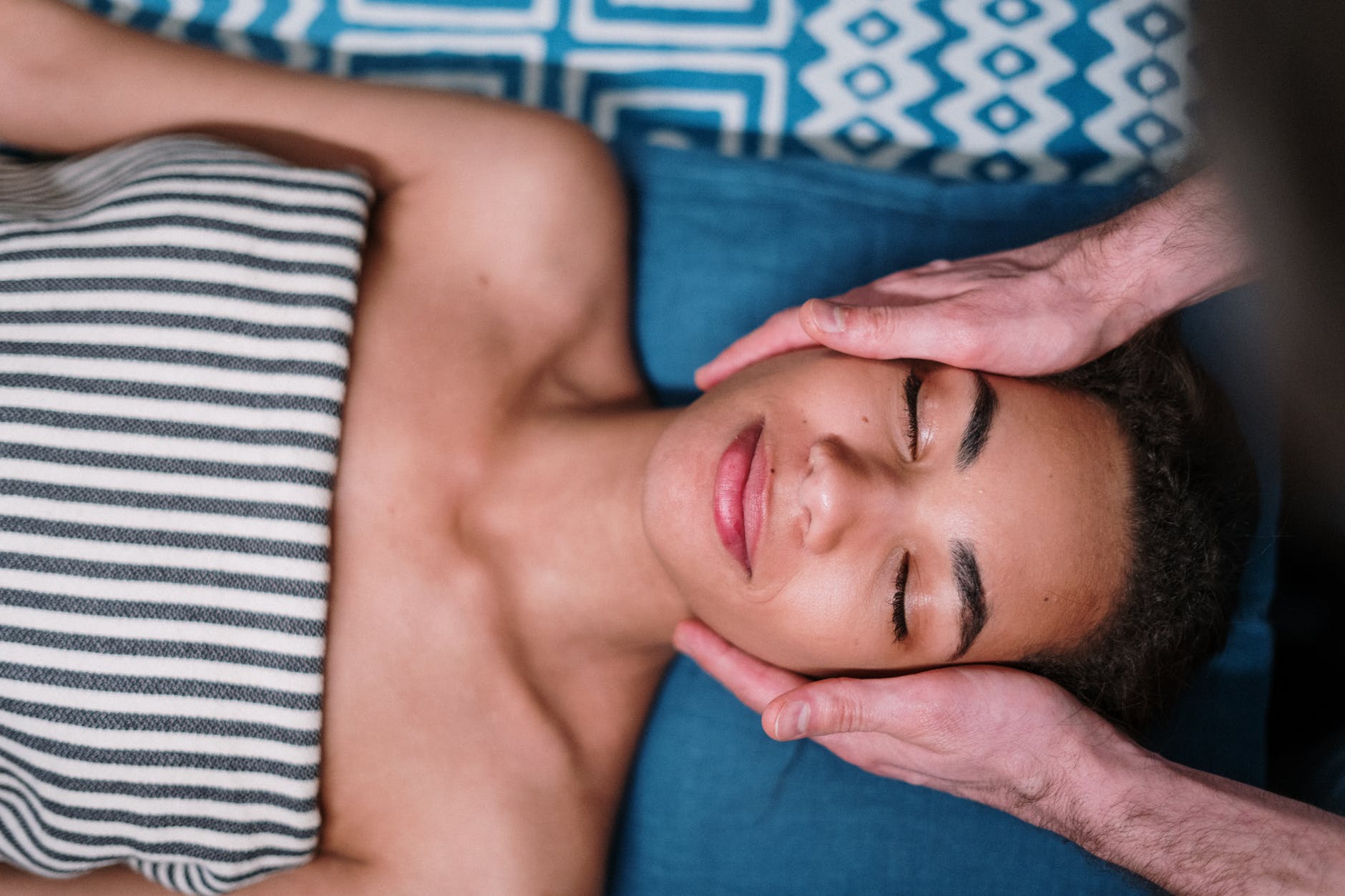Mopani Pharmacy consulted with our in-house Mopani Salon somatologist, Rozanne van Zyl. She shared her top tips on how identify your skin type, and how to treat it.
How do you identify your skin type?
We are born with our skin type; it is genetically predetermined. Only age and extenuating circumstances can alter our skin type. We have one of four skin types; normal, combination, oily or dry.
“Our skin type is determined by certain factors visible on the skin and the feeling of our skin under our finger tips.”
Pores
“The more open the pores are, the larger the oil glands are below the skin. Pores are in essence the conduit for oil to flush the surface of the skin. Small pores mean that very little oil reaches the surface, and the skin will be dryer.”
“Linked to this is the visible shine on the surface of the skin from the oil that is secretes. When we glide our fingers over an oily skin you can feel the greasiness under your fingers and see the oil on the pads of your fingers. When gliding over a dry skin, the skin seems finer and may have rough dry patches.”
“Areas that have visible pores and where we feel the oil on our finger tips is to be deemed oily. Even if we use harsh products on an oily skin the pore structure will still be visible. Areas where pores are not visible and there is no oily secretion will be considered dry. A combination skin will have areas of both on different parts of the skin.”

“To have a normal skin is very rare. As a therapist, our job is to create homeostasis so that we can get our clients’ skin to be as normal as possible. We do this by reducing the excess sebum on the oilier areas and nourishing and feeding the dryer areas.”
“We often ask our clients how their make-up adheres to their skin, and if it lasts all day. Make-up will apply unevenly on a dry skin and will wash off on the oilier patches as the day progresses.”
Type of products and routine should you use on the following:
Dry skin

Exfoliation is essential to remove dead, flaky skin cells, twice a week. Make sure that the exfoliator does not contain oil absorbing ingredients like clay. A milk cleanser and rich moisturiser with a night time oil to nourish and feed the skin. A sunblock is essential.
We recommend:
- Dermalogica - daily microfoliant (available in-store)
- Dermalogica - intensive moisture cleanser (available in-store)
- Dermalogica - intensive moisture balance (available in-store)
- Lancôme Nutrix Royal Cream 50ml
- Clarins Gentle Foaming Cleanser with Shea Butter – Dry or Sensitive Skin, 125ml
- ClarinsHydra-Essentiel Rich Cream - Very Dry Skin, 50ml
- Eucerin DermatoCLEAN Mild Cleansing Milk, 200ml
- Eucerin AquaPorin Active SPF25 for Dry Skin, 50ml
- NIVEA DAILY ESSENTIALS GENTLE CLEANSING CREAM WASH 150.0 ML
Normal skin
A normal skin type will tend to choose products based on texture preference. They might like a milk, or a gel cleanser, a light or thicker moisturiser. SPF is non-negotiable, and they should have an exfoliator to maintain cell renewal.
We recommend:
- Dermalogica - special cleansing gel (available in-store)
- Dermalogica - daily microfoliant (available in-store)
- Dermalogica - skin smoothing cream (available in-store)
- Lancôme Exfoliance Clarté
- Lancôme Mousse Douceur Cleansing Foam
- Lancôme Génifique Youth Activating Cream 50ml
- Clarins Gentle Foaming Cleanser with Cottonseed – Normal or Combination Skin, 125ml
- Eucerin DermatoCLEAN Refreshing Cleansing Gel, 200ml
- Eucerin Q10 Active Anti-Wrinkle Night Cream, 50ml
Oily skin

Oily skins generally prefer a face wash and mattifying moisturiser. A clay-based mask to absorb excess oil will help to reduce the appearance of pores. A non-granular exfoliator is recommended, so the skin does not become over stimulated.
We recommend:
- Dermalogica - skin prep scrub (available in-store)
- Dermalogica – active clay cleanser (available in-store)
- Dermalogica - oil free matte SPF30 (available in-store)
- Lancôme Exfoliance Clarté 100ml
- Lancôme Pure Focus Cleansing Gel, 125ml
- Lancôme Pure Focus Fluide Hydration Face Moisturiser 50ml
- Clarins Cleansing Milk With Gentian – Combination/Oily Skin, 200ml
- Eucerin DermoPurifyer Oil Control Cleansing Gel, 400ml
- Eucerin DermoPurifyer Oil Control Scrub, 100ml
- Eucerin Sun Fluid Mattifying SPF50+, 50ml
Hormonal acne
It is essential to work with a dermatologist and skincare expert as topical treatment is often not enough. You may use products depending on your overall skin type, and add a prescription treatment in line with your dermatologist or doctor’s recommendation.
Back / chest acne
High testosterone levels often causes this so a testosterone blocker may be given if the blood tests do indicate this. Consult your doctor. Good hygiene is essential in combatting excess bacteria on the skin, along with regular exfoliation. Be sure to replace your loofa or sponge every couple of months, and to allow it to dry completely between uses. Switch out your towel for a fresh one every other day, and allow it to dry between uses.
Supplements / topical treatments

You can supplement with zinc, omega 3, vitamin B-complex and vitamin B3. Ask your pharmacist about the dosage most suitable to your needs. Generally, the serums and spot treatments available in different ranges target the various skin conditions customers have.
We can deliver your medication, supplements, cosmetics, fragrances and other Mopani online shopping, nationwide. Contact us for info: mopani.co.za | crossing@mopani.co.za | Tel: 0137555500 | WhatsApp: 0661921703


